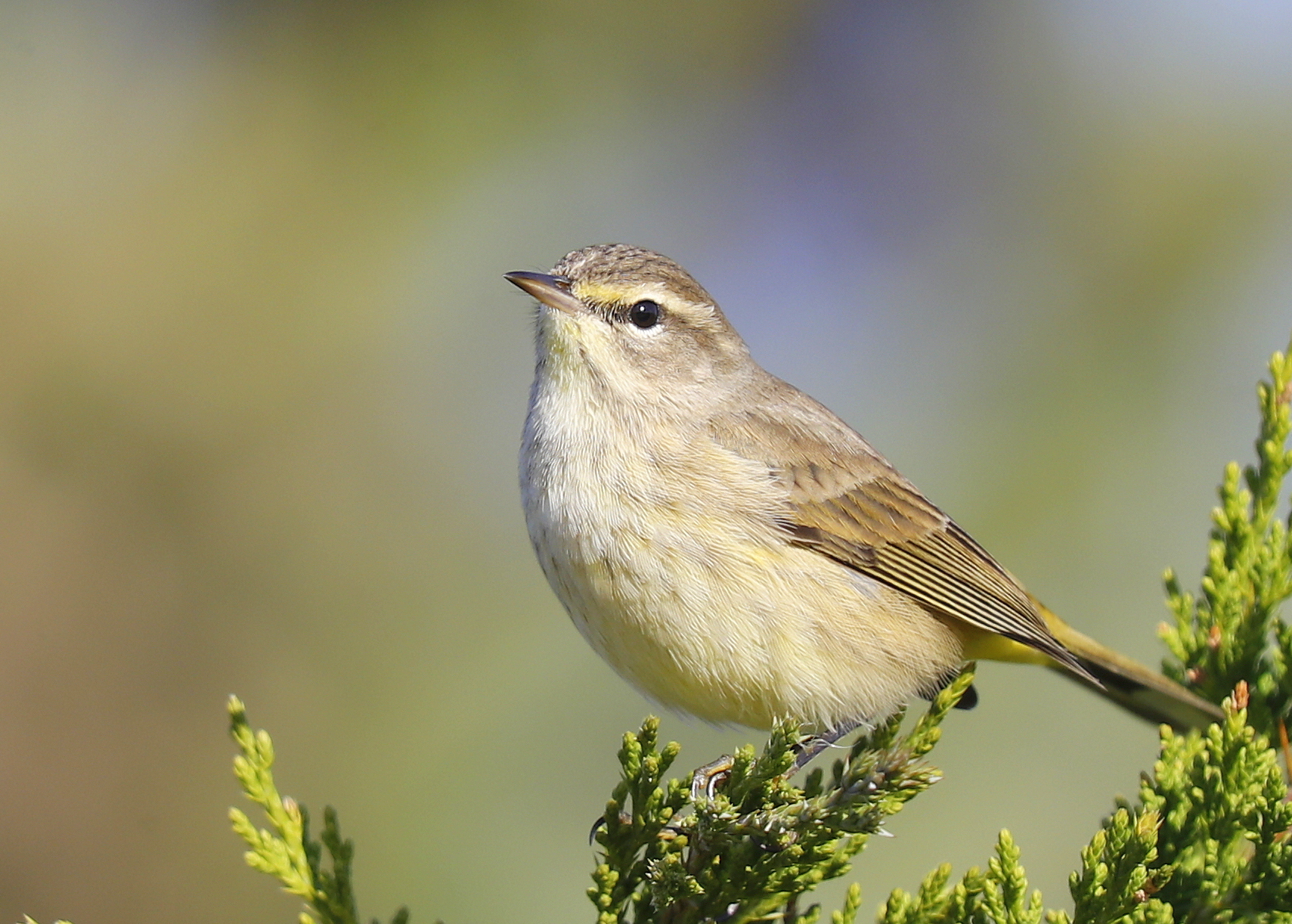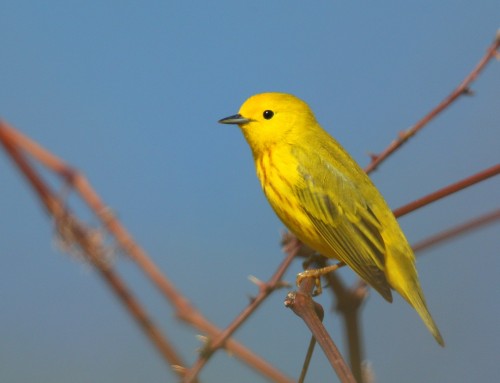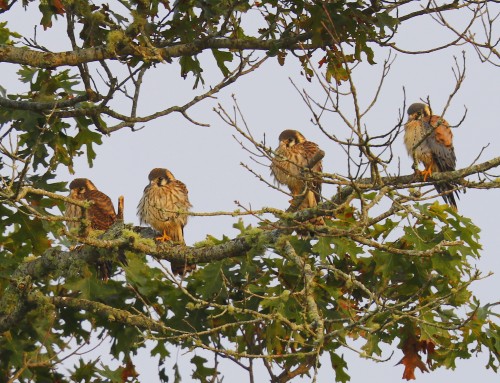During fall migration on Cape Cod, Palm Warblers are identified by their yellow underparts, olive-brown upperparts, eye line, yellow supercilium, tail-wagging behavior, likely yellow rump patch, pinkish legs, and their small, compact warbler size and shape. Age-related plumage variations exist, so behavior and other field marks help with accurate identification.
During the fall migration of Palm Warblers (Setophaga palmarum) on Cape Cod, these small songbirds exhibit several field marks that can help birdwatchers and ornithologists identify them. While palm warblers exhibit some variations in plumage, here are key field marks to look for:
1. Yellow Underparts: one of the most distinctive features of palm warblers is their bright yellow underparts, extending from the throat down to the belly. This yellow coloration is a significant field mark and helps differentiate them from other warbler species.
2. Olive Brown Upperparts: in contrast to their vibrant yellow underparts, palm warblers typically have olive-brown or grayish-brown upperparts. Look for this subtle but contrasting coloration on their back and wings.
3. Eye Line: many Palm Warblers have a faint but noticeable line that extends from the base of the bill to behind the eye. This eye line can vary in intensity and might be more pronounced in some individuals.
4. Yellow Supercilium: Palm warblers often have a pale yellow or yellowish-white line (eyebrow) that runs above the eye and curves slightly behind it. This feature can help distinguish them from other warbler species with different facial markings.
5. Tail-Wagging Behavior: while not a plumage characteristic, the palm warbler’s distinctive tail-wagging behavior is a unique field mark. They frequently bob their tails up and down as they forage on the ground, which can be a helpful behavioral clue for identification.
6. Yellow Rump Patch: in some individuals, a small, yellow patch on the lower back, just above the tail, can be visible when the bird is in flight. This patch is often inconspicuous but may be noticeable when the bird spreads its tail feathers.
7. Leg Color: Palm Warblers typically have pinkish or flesh-colored legs, which can be observed when they are perched or foraging on the ground.
8. Size and Shape: Palm Warblers are small, compact warblers with a size and shape similar to other wood-warblers. Their slender bill and overall build are characteristic of warbler species.
It’s important to note that there can be some individual and age-related variation in plumage. Inexperienced or juvenile birds may exhibit less vibrant colors and field marks, so it’s useful to consider a combination of these features for accurate identification. Observing their behavior, such as tail-wagging and foraging patterns, can also be valuable in distinguishing them during fall migration on Cape Cod.







Leave A Comment
You must be logged in to post a comment.